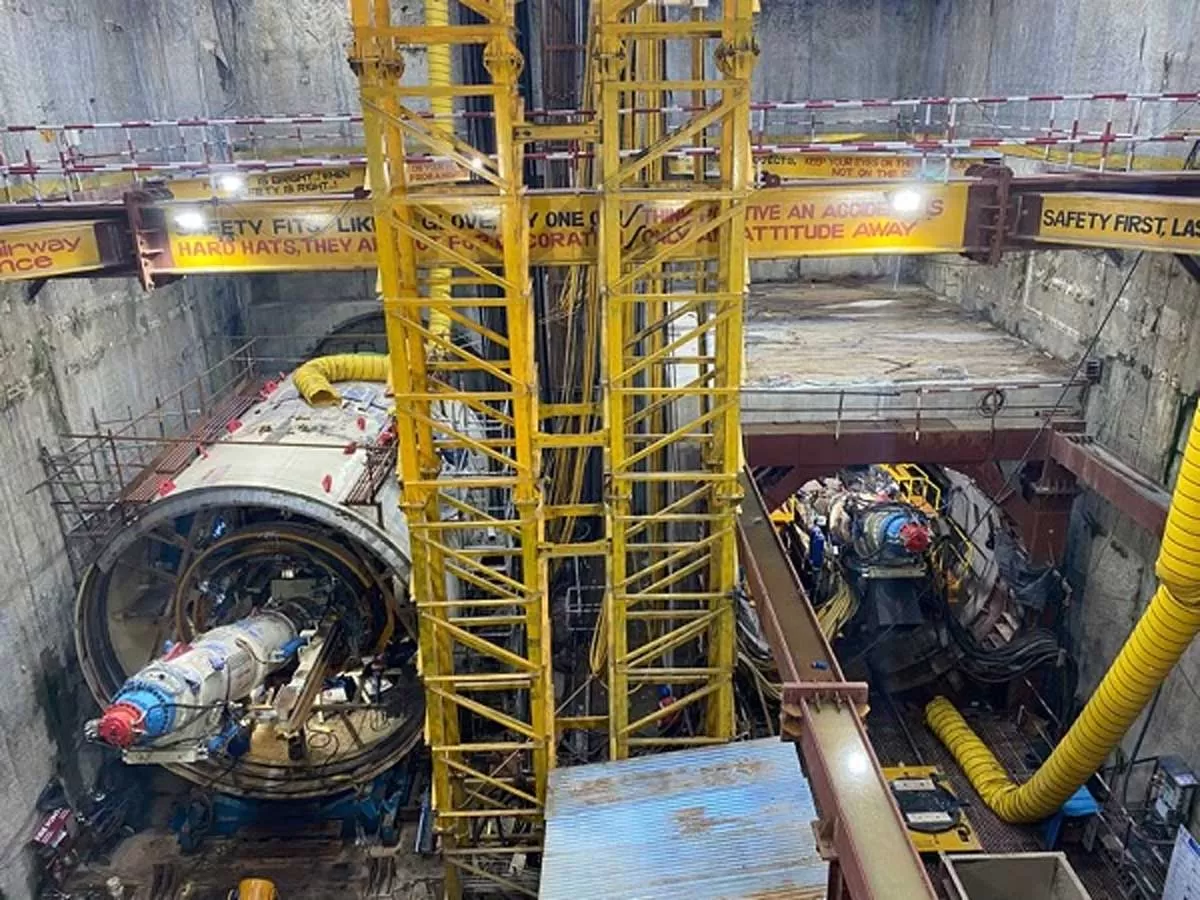Secured governance and sustainable future planning is the need of the hour to help in the holistic development of infrastructure – physical and social, housing, and finance mechanisms. The concept of secured governance is essential in ensuring a balance between land and the mix of residential areas, commercial complexes, markets, population density, among others.
Evidently, expanding a city in a planned way with the inclusion and growth of all oriented sectors will go a long way. Not only will it create employment opportunities but also help in the progress of the government’s Smart Cities mission and its projects.
The concept of secured governance can be implemented across various segments within infrastructure, be it construction, retail, hospitality, logistics, water, power, healthcare, and so on. If adopted, the concept is expected to not only promote efficiency in the various aspects of governance but also facilitate all-round development of the economy and the citizens.
Is monetisation of unutilised assets the way forward?
Internationally, it is recognised that public assets are a significant resource for all economies. Asset monetisation involves creation of new sources of revenue by unlocking of value of hitherto unutilised or underutilised public assets. Monetising these assets that government's control, including in public corporations, is widely held to be an important public finance option for managing public resources.
Many public sector assets are sub-optimally utilised and could be appropriately monetised to create greater financial leverage and value for PSUs and of the equity that the government has invested in them.
Asset monetisation allows reduction of owners’ debt and also creates a suitable environment for domestic as well as foreign investors – such as sovereign wealth funds, retail investors and institutional investors – to participate for the long term, besides bringing private sector efficiencies in the management of infrastructure assets.
In Union Budget 2021-22, finance minister Nirmala Sitharaman announced a National Asset Monetisation Pipeline to fund projects. The Budget envisages this as an essential way of financing infrastructure projects as well as increasing funding.
Revenue proceeds adopting asset monetisation can also be used to fund projects part of the National Infrastructure Pipeline (NIP), helping reduce the demand on the taxpayer and the taxpayer and the exchequer.
Scope of the model
Not only is monetization of public assets a new concept in India, it is also a process that involves due diligence of several aspects of the assets with proper stakeholder management and efficient coordination.
Having said that, in India, the scope of monetisation has expanded in the past few years from Initial Public Offerings (IPOs) and Central Public Sector Enterprises (CPSEs) to a more holistic approach involving physical assets. Asset monetisation also aims raising future investments. However, in the past, the government has also faced several challenges in asset monetisation.
As outlined in the Budget, the government is looking at monetising assets such as roads, railway stations, land, buildings, etc, at a much larger scale.
Approvals are already in place for monetising assets across key sectors such as railways, aviation, highways, shipping and power to raise approximately Rs 900 billion in the current fiscal. The railway station redevelopment was among the first projects involving monetisation of physical assets.
The government plans to transfer five operational roads worth Rs 50 billion to the Infrastructure Investment Trust (InvIT) of the NHAI. It also plans to transfer transmission assets of Rs 70 billion to PowerGrid’s Investment Trust.
Monetising these assets will generate returns for PSUs owning these unutilised assets. For the long term, asset monetisation could be a potential game-changer for infrastructure investments.
Maharashtra attracting business
Maharashtra chief minister Uddhav Thackeray had last year announced the state government’s plan to reserve over 40,000 acre of land for new industries to launch in the state post-COVID. This land has been acquired around the Maharashtra Samruddhi Corridor or Nagpur-Mumbai Expressway with an aim to develop industrial clusters based on industry needs. If new industrial investors could not afford to purchase the land now, the state government would reportedly rent it to them.
Besides, land banks are back in the limelight as governments have started looking at them as a means to attract investment and help the economy post COVID.
Slow progress in identification of land in non-forest or degraded forest land unnecessarily delays projects, said MoEFC in its order last October.
And, Maharashtra has several upcoming infrastructure projects for which forest land has been proposed to be diverted under the Forest Conservation act, 1980.
Construction World Maharashtra conference
Structured Governance and Asset Monetisation will be discussed at a virtual conference on April 28 called Construction World Maharashtra. Organised by Construction World, the conference will discuss in detail the theme:
“Secured Governance / Urban equity withdrawal project financing through asset monetisation”
Panelists at this session include:
- Suneet K Maheshwari, Managing Partner, Udvik Infrastructure Advisors LLP (Mosderator)
- Dr. P Sekhar, Chairman, Global Smart City Panel
- J Padmanabhan, Director, CRISIL Infrastructure Advisory
- Supratim Sarkar, EPV & Head Infrastructure, SBI Capital Markets
Some of the biggest names from government, public and private sectors will discuss and provide insights on various aspects of this focus theme, shedding light on perspectives that include business opportunities, infrastructure finance, and project status
Construction World Maharashtra will bring on the same platform some of the world’s largest project developers, construction companies, architect firms, investment banks and private equity firms.
Discussions will revolve around three themes:
-Creating large scale business opportunities in Maharashtra by encouraging large construction projects and innovative finance.
-Megaproject opportunities in Maharashtra with a deep-dive into Mumbai eastern waterfront: Port redevelopment and future possibilities along the eastern waterfront.
-Secured Governance / Urban equity withdrawal project financing through asset monetisation.
Click here to register for the conference.


















